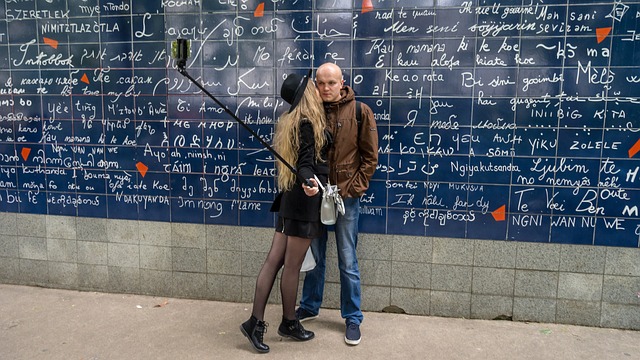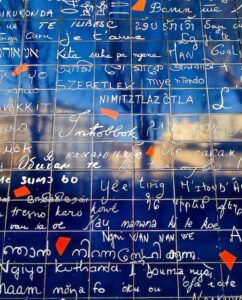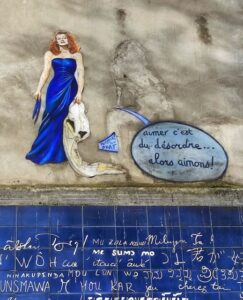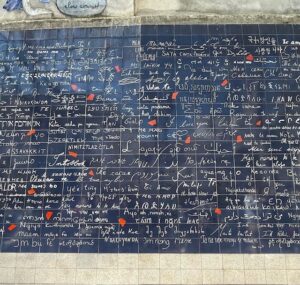The I love you Wall

Several monuments and tourist attractions have made Paris famous. However, some stay relatively unknown : The I Love You Wall (le Mur des Je t’aime). This is a unique kind of place that deserves to be discovered. In this article, I will tell you more about this marvel of Paris and give you some additional information to enrich your experience.

The I Love you Wall’s origin and signification
This is in the Montmartre quarter that the I love you Wall is located. The wall is 40 square meters. Founded in 2000 by Frederic Baron and Claire Kito, they wrote “I love you” in 311 languages. The aim is to celebrate universal love and to pay tribute to the different cultures and languages of the entire world. But did you know this wall has been made as a place where lovers of the whole world can gather. Indeed, the wall had been created to allow couples to meet, to declare their love and to leave a trace on their path.

Visite the Wall of I Love You
The I love you wall is accessible for everyone and is free. Based close to Abbesses subway station, on line 12. When you get there, you will admire these little words “I Love You” everywhere on the wall in many languages and take souvenirs photos. As well, you can learn the love stories shared and available in a little gold book, where visitors can write their own love story, or read those of others. A great opportunity to immerse yourself in the romantic atmosphere of Paris, City of Love.
This place is romantic and inspiring for couples, but also a peace and reflection place for all ones who visit it.

The I Love You Wall is a hidden masterpiece of Paris which deserves to be known. This monument celebrates love and cultural diversities as said, and represents most of the world to include everyone. If you plan a Paris trip, don’t forget to add The I Love You wall at your to-do parisian list. You won’t regret it ! And if you want to extend your romantic experience in Paris. In addition, you can visit other emblematics places of the capital such as Bridge of the Arts (le Pont des Arts or Passerelles des Arts) or the quays of the Seine (les quais de Seine).
